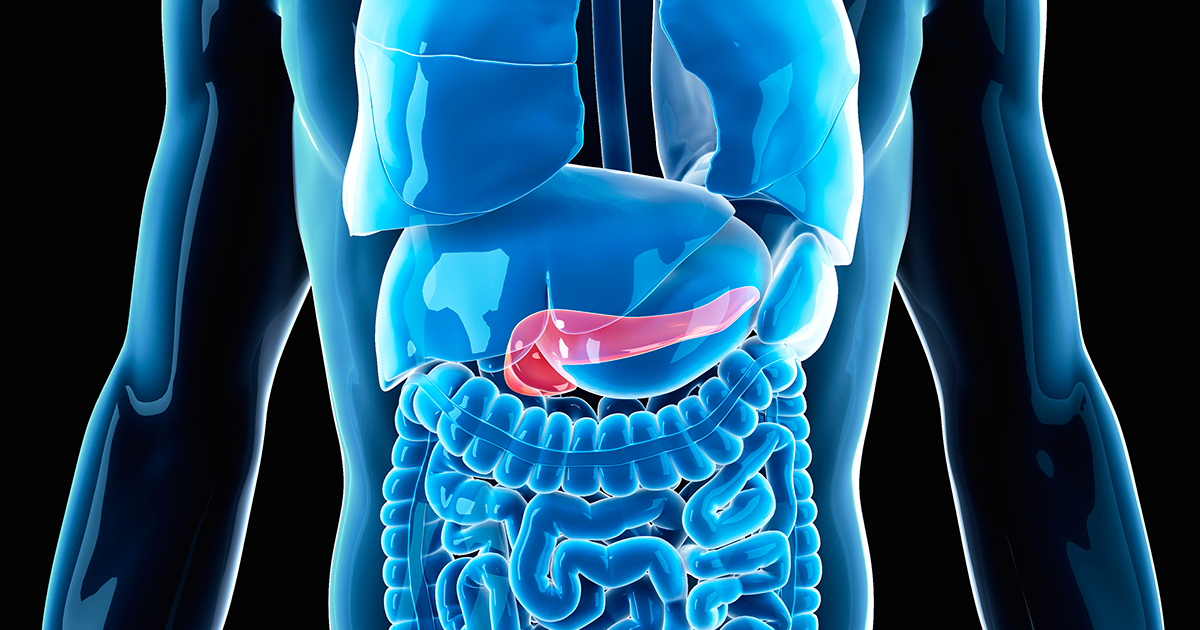Guide To Understanding Pancreas Removal Surgery
Pancreas removal surgery is a surgical procedure performed to remove an individual's pancreas. The pancreas, which is part of the endocrine system, is located behind the stomach and is responsible for the production of certain enzymes that help digest food and hormones that help maintain appropriate blood glucose levels. An individual may need to have a pancreas removal procedure if they have cancer, recurrent inflammation, or neoplasm in the gland. A patient with hyperinsulinemic hypoglycemia or certain pancreatic injuries may need to undergo a pancreas removal surgery. Recovery from a pancreas removal surgery may take anywhere from days to a couple of weeks, while the patient learns how to live without pancreatic functionality. The long term effects of this type of surgery require the use of medication to manage diabetes for the rest of the patient's life.
Learn about the full details of pancreas removal surgery now.
Role Of The Pancreas

The pancreas is a gland located in the abdomen that is around six inches long and sits close to the small intestine and liver just under the stomach. The pancreas is a vital part of two different systems known as the endocrine system and the exocrine system. The pancreas produces two hormones called insulin and glucagon, which are critical for the regulation of blood glucose. Unregulated blood glucose can cause damage to the kidneys, liver, nervous system, and cardiovascular system. The pancreas functions as part of the exocrine system by secreting certain enzymes that accompany bile from the gallbladder and liver to assist with the breakdown of substances in the digestive tract. The enzymes the pancreas produces include chymotrypsin, trypsin, amylase, and lipase. As soon as food reaches the stomach, the pancreas produces these enzymes that travel through several ducts to reach the main pancreatic duct. The enzymes move from the main pancreatic duct to the common bile duct, where the enzymes and bile from the gallbladder are secreted into the duodenum or initial segment of the small intestine.
Continue reading to learn about when pancreas removal is recommended next.
When Removal Is Recommended

Pancreatic removal surgery, which is often called a pancreatectomy, is a surgical procedure where the patient's entire pancreas or part of it is removed. There are several different reasons why an individual may need their pancreas removed. A pancreatic cancer patient, for instance, may need to have curative surgery or palliative surgery to remove their pancreas. A pancreatectomy is often the best chance a patient has at curing this deadly type of cancer. An individual affected by chronic pancreatitis, which is characterized by recurrent inflammation or infection of the gland that can be very painful and fatal, may need to have their pancreas removed. A pancreas removal is only recommended in cases of chronic pancreatitis where the pancreas is damaged severely, or other treatments are not successful. A patient affected by intraductal papillary mucinous neoplasms may require the partial or full removal of the pancreas. Intraductal papillary mucinous neoplasms are precancerous tumors that develop in the pancreatic ducts. When these tumors are left unaddressed, they always produce malignancy.
Read about how the surgery works next.
